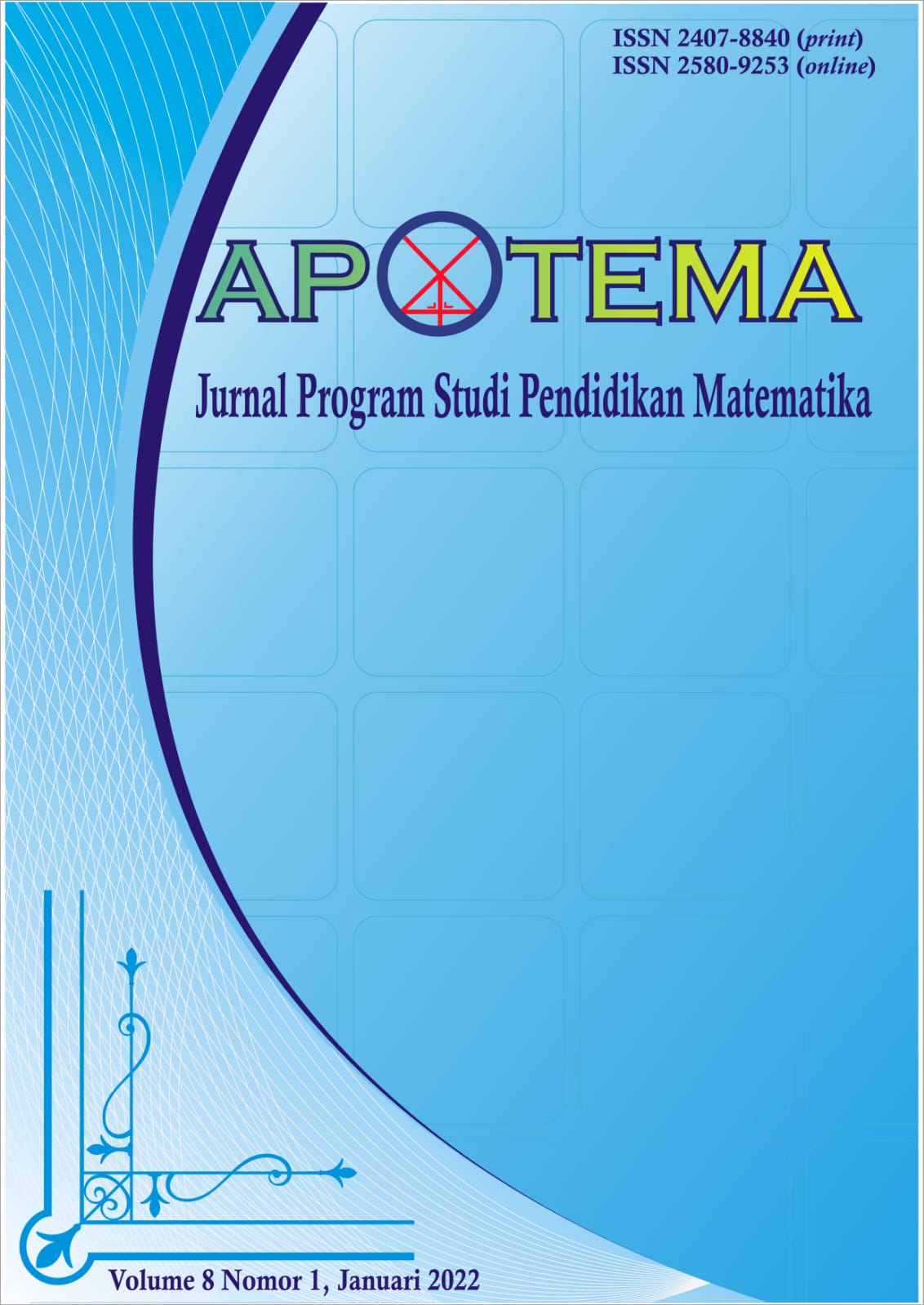Development of Interactive Learning Videos for Opportunities for Middle School Students
DOI:
https://doi.org/10.31597/ja.v8i1.744Keywords:
Research and Development, edpuzzle, dan YouTubeAbstract
This study aims to determine the level of validity, practicality, and the potential effect or effectiveness of interactive learning videos on opportunity materials for junior high school students. The research method used in this study is Research and Development (R&D) which has 10 stages, namely the stages of initial information, planning, design, design validation, product revision, small-scale trials, product operational revisions, large-scale trials, final product revisions. and dissemination to YouTube pages. Data collection techniques used in this study were interviews, validation questionnaires, student response questionnaires, and learning outcomes tests. The data analysis techniques used are validation criteria, practicality criteria and potential effects criteria. The results of the validation of the media and material aspects experts obtained percentages of 90%, 92% and 93% so that they obtained an average percentage of 91.6% and were included in the "very valid" category of 90%, 92% and 93% so that the average proportion was 91 ,6% and from this average it can be categorized as "Very valid". The results of the student response questionnaire on a small-scale trial for practicality got an average percentage of 86.6% and were included in the "Very practical" category. The results of the tests given to students in large-scale trials to measure the potential effect or effectiveness of the product obtained 86% classical completeness so that the product is said to be effective or has a potential effect and the product is feasible to be used in the learning process.










